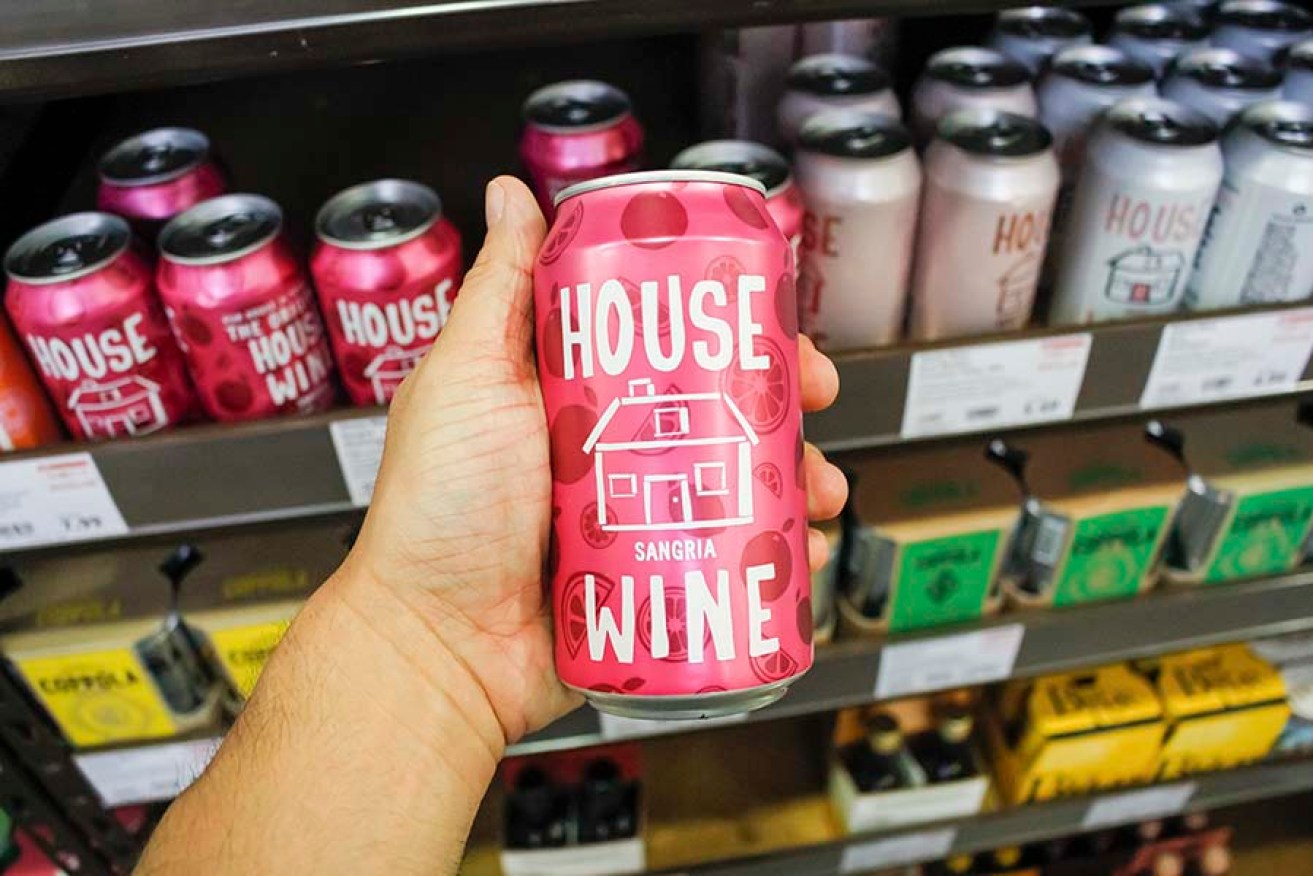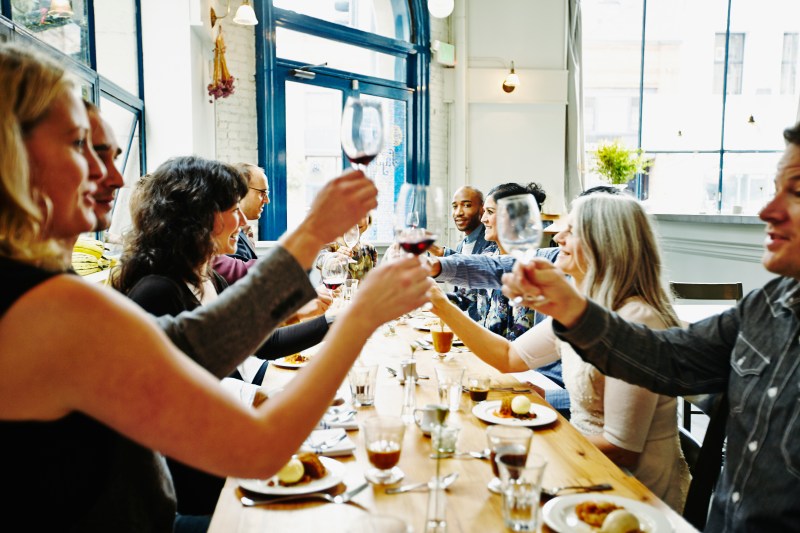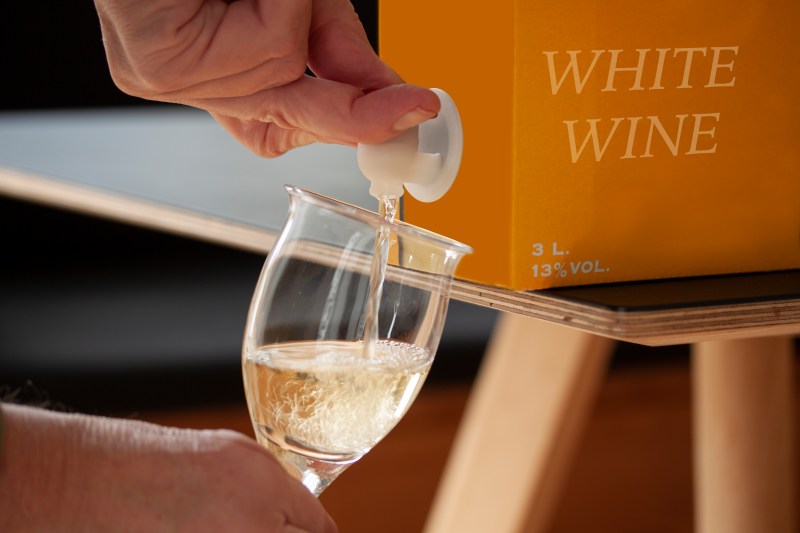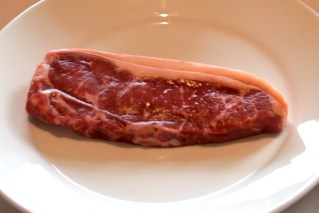Cabernet out of a can? It’ll save the planet!


Younger people tend to be less snobby about wine in a can. It's more portable for picnics, and has a friendlier carbon footprint. Photo: Getty
Turning up to a dinner party with cask wine has the same social cache as wearing moccasins to a wedding. When you’re the best man.
It’s the bottle of wine that gets people excited. Because it’s classy. And there’s a little mystery, like a lucky dip. It could be a dud. Or it catches you by surprise with its aromatic loveliness.
Yes, come on in, we’ll pull the cork and let it breathe.
It’s all very civilised.
Except the glass bottle, in the way it’s made, is the wine industry’s largest source of carbon emissions.
The manufacture of a single bottle generates 1.25 kilograms of carbon dioxide.
In total, according to the University of South Australia, the production and transport of glass wine bottles make up more than two-thirds of the wine industry’s total carbon output.

Such elegance. Such style. Offer these people a cask, they’ll run a mile. Photo: Getty
Casks and cans have about half the impact.
Are we willing to abandon the glamour of the bottle and adopt the alternatives for the sake of the planet?
Probably not.
Researchers ask what it would take
New research, funded by the Wolf Blass Foundation, explores people’s wine packaging choices, and how price, brand and environmental messaging can influence them.
The research comes from UniSA’s Ehrenberg-Bass Institute for Marketing Science and the University of Adelaide’s Business School.
Lead researcher Jakob Mesidis, a marketing scientist with the Ehrenberg-Bass Institute, explains: “We knew that consumers weren’t buying alternatively packaged wine at the same rate they were buying it bottled,” he said.
“We wanted to know what we should change to motivate them to choose more sustainable options.”
In a survey of 1200 Australians, the institute found that cask wine and flat plastic wine bottles were the most preferred formats after traditional glass bottles.
But from a long way behind
Cans were the least preferred, as they were closely tied to specific occasions, such as drinking outdoors. In other words, cans are good for picnics.
These alternative formats are up to 51 per cent more carbon efficient than glass, but Mesidis said Australian consumers are resistant when it comes to these more environmentally friendly options.
In fact, the survey found that “package format was the biggest influence on people’s choices”. That is, the starting point for most consumers is the magic glass bottle.
Price came second, while the importance of brand and eco-messaging varied depending on the respondent’s age and how many eco-friendly behaviours they claimed to engage in.
“There are some underlying prejudices in relation to alternative wine packages as they are seen as the cheaper, low-quality option when compared to glass bottles, which come with a sense of heritage and luxury,” he said.
“Canned wine has seen a rise in popularity, but is still a small portion of the market. Flat bottles have only recently been introduced to Australia but have grown in popularity overseas.”
The dreaded goon
A La Trobe University study, published in May, lays out why cask wine won’t gain wide acceptance in Australia as something to be shared with company. In part it’s because the country has changed.
Cask wine, also widely known as ‘bag in a box’ and ‘goon’, was invented in the 1960s by Aussies. At that time, wine was kept for special occasions.
As the La Trobe paper reports: “The creation of this new form of wine packaging allowed for the sale of significantly larger proportions of low-quality wine at low prices.”
Meanwhile, the sale of packaged alcoholic beverages “continued to grow since the 1970s”.
This change was partially due “to a shift in culture, such as it being seen as more respectable for a middle-class woman to drink in the home”.
Technological innovations, including cask wine, also made alcohol products more accessible for home consumption.
Cashing in on this trend, the two major supermarkets in Australia purchased and expanded liquor outlets in the mid-1980s.
By 1983, almost two decades after cask wine’s introduction to the Australian market, wine consumption had grown steadily, with dry white wine sales specifically increasing by more than 10 per cent per year.
The Wine Board report for 1981 remarked that this growth was largely due to cask wine sales, which had risen by 30 per cent.

The cask was popular with Australians – until we could afford to be snobs. Photo: Getty
More recently, the consumption of cask wine has decreased, while bottled wine consumption continues to grow.
The Australian Bureau of Statistics highlighted a 30 per cent drop in cask wine sales between 2004 and 2014. This coincided with an almost 40 per cent increase in bottled wine sales.
Why?
Because bottled wine became much cheaper. And because social stigma grew around the cask.
“Over the past few decades,” the La Trobe researchers advise, “cask wine has increasingly attracted a negative stereotype, whereby the beverage can be perceived as associated with someone of a lower socioeconomic status than other forms of wine packaging, such as bottles”.
Cask wine remains the cheapest alcoholic drink on the market, at about 50 cents a glass.
Cost-of-living pressures don’t appear to be driving people to the cask. Talk of carbon footprint is even less likely to be successful.
The problem with cans
Canned wine goes back to 1935, hot on the heels of prohibition. But it’s always had technical difficulties.
As explained in a piece at the Wine Anorak Global Wine Journal, “the main problem is the build-up of hydrogen sulfide (H2S, which smells of cooked eggs) in the wine”.
H2S is a widespread problem in winemaking “because it is made by yeasts during fermentation when they struggle a little, or are short of nitrogen”.
This is the wine fault commonly known as reduction. Here, H2S is being produced from the interaction of sulfur dioxide (SO2, almost universally added to wine as a preservative) and the aluminium that the can is made of.
A thin protective lining is sprayed on the inside of cans so the wine won’t be in direct contact with the aluminium wall.
The problem is that “wine has a low pH and corrodes the lining, and where there is a hole, the wine is then in contact with aluminium. The combination of SO2 and aluminium results in rotten egg gas.
Will young people save us?
Mesidis, in his UniSA research, found that alternative wine formats were also typically bought more by younger people.
Consumers are more likely to choose alternative wine packaging when priced at a mid-to-low price range. And if it comes from a well-known, prestigious brand.
“If a smaller, less-known winery’s mission is to grow its brand as much as possible, relying solely on alternatively packaged wines is not the way to go,” he said.
“Most Australians – for the time being – are still going to reach for a glass bottle when they’re at the shops,” Mesidis said.
He said larger, more prestigious brands are likely to see more success with alternatively packaged wine.
But will they take the risk?








